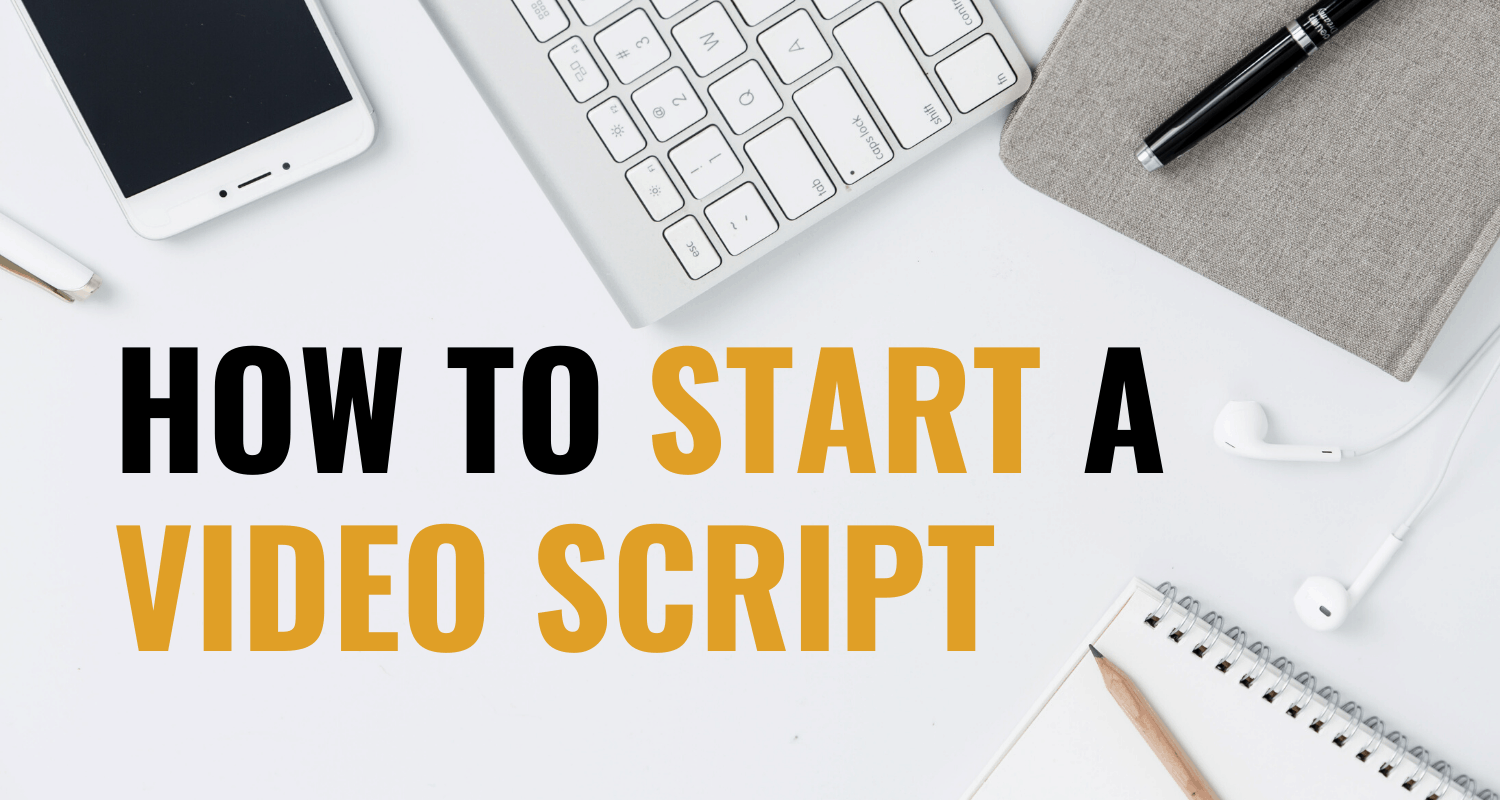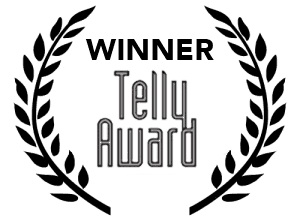Today, we’re tackling how to start a video script. Maybe you’re contracting it out to a professional writer. Maybe you’re writing it in house. Either way, you’re going to need to give some creative direction (to yourself or someone else) to identify key elements.
So, let’s talk how to start a video script.
What problem does your video need to solve?
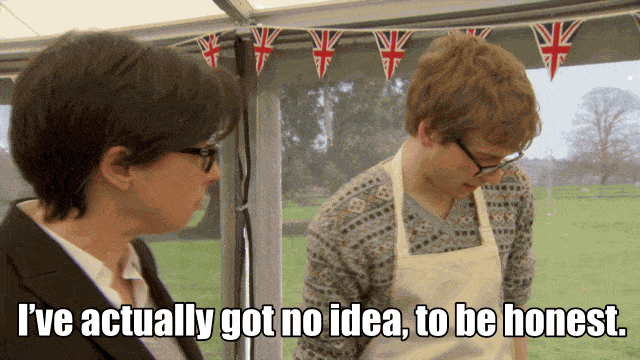
With more than a decade of experience, our resident Creative Director, Wes understands the unique ways that video and other digital media strategically solve problems, address client concerns, and further company goals.
But, a video can only accomplish those things if its purpose is clear.
We want to take a deep dive into what is motivating your visual narrative. Why do you actually want to make a video?
In short, what is the point of your video? What are you trying to accomplish and why? How can you focus the pulse of your message more exactly?
“I think of it as a diagnosis first,” Wes explains, “Ultimately, your script represents a really business specific, unique look at a problem.”
While every video isn’t necessarily answering a problem, you can apply this approach to your project in order to find the real purpose of your video.
You need to ask why you want to make a video? Who are you making it for? What do you need to tell them? And, why?
You need to nail down exactly what purpose you want your video to serve at the beginning of the creative process. Otherwise, you’ll find yourself having to retrace your steps and stall video production later.
Answering all of these questions in a way that is comprehensive and precise will allow your video to grow a personality that feels real and purposeful. And, also one that is on time and on budget.
Free-writing is one way to start a video script
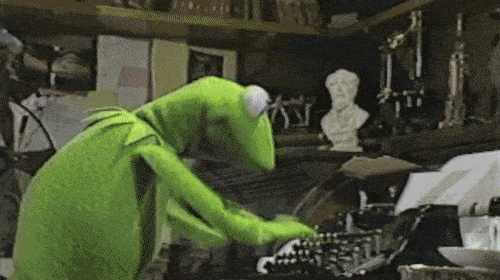
Free-writing: the English teacher’s guide to constructive brainstorming. It’s not a new trick, but it’s hardly passé. In fact, it just might serve as a vehicle for you to uncover your core message.
But how does one even free-write? What does it look like?
“I’ll take a lot of notes and I’ll put them all up in one place, and I’ll just start writing,” Wes says, “Usually, I give myself about thirty minutes from that. Then I’ll walk away and come back.”
Don’t take yourself too seriously here. The best idea probably won’t be the first one you write down. Just let your mind wander (on paper, not in the clouds), and don’t be afraid to get a little out there.
Pro-tip: set a timer while you free-write. You don’t want to give yourself time to waste.
Having something imperfect to work with is always a good place to start. After all, Michaelangelo didn’t sculpt ‘David’ out of thin air.
If you’ve properly internalized the purpose and personality of your project, then your mind will naturally attach certain images and feelings to the copy you choose.
We encourage clients to engage in the creative process, to point out keywords, and identify what you really want your video to convey. That can be overwhelming, but free-writing is a great way to capture the sometimes elusive creative direction of a video.
Even the least creative of us, the notorious misspellers, and the most cookie-cutter thinkers can stumble upon an original thought or the perfect word to spark a phrase that drives the theme of your video.
Don’t forget the ‘video’ in video script
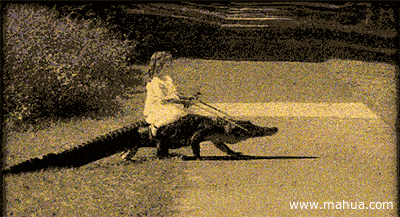
Your copy is meant for video, and that means it’s different than copy for SEO or for a blog or for a book. You’re meant to hear it with visuals.
‘“You can come up with that perfect bit of copy,” Wes explains, “but if you can’t find a way to pair that with visuals that are complimentary and unique and representative…”
… then it doesn’t mesh, and it doesn’t work.
We have to remember that a video is a visual story, and a video script serves to wrangle that creative concept. A script exists to build a structure that complements and amplifies the personality of a story and its visuals, not one that distracts from it.
Often, we find clients are tempted to include sweeping adjectives and grand descriptions of the visuals that will be portrayed throughout their video. When you’re reading the descriptions, it feels like that makes sense because you’re still just imagining what the video will look like. You’re still trying to figure out what exactly you want to visually display.
But, you have to ask yourself is there a real need to say “long, green, angry alligator” if you can show the long, green, angry alligator? What’s more impactful?
Don’t forget why you chose video.
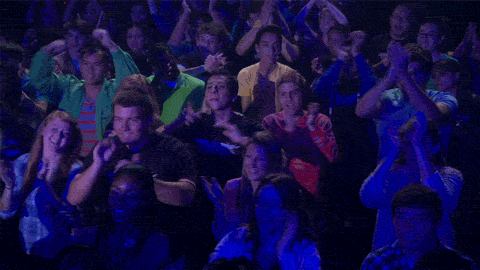
You’re choosing video for a reason. And, the reason is that video is the most effective form of communication. It’s the best way to educate, entertain, and inform your audience. So, we want to take full advantage of all the strengths and influences video has to offer – to elevate your message from the page onto the screen.
It’s less about the word itself, and much more how your audience hears the word in conjunction with your video. At the end of the day, it’s more important how a word is perceived in the context of your visual story than the actual word itself.
